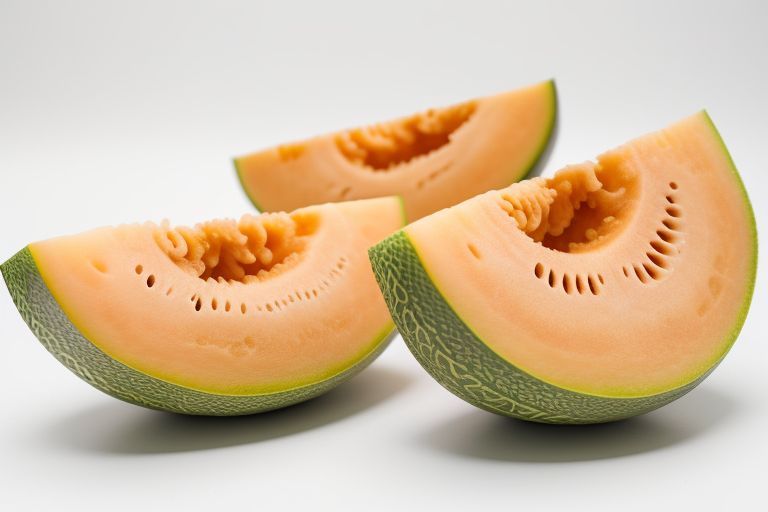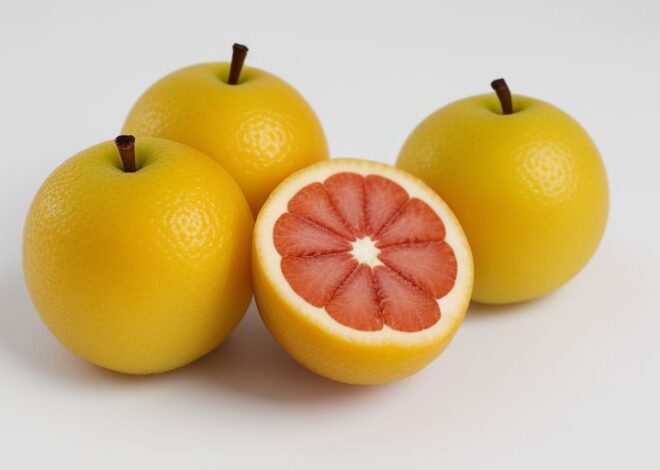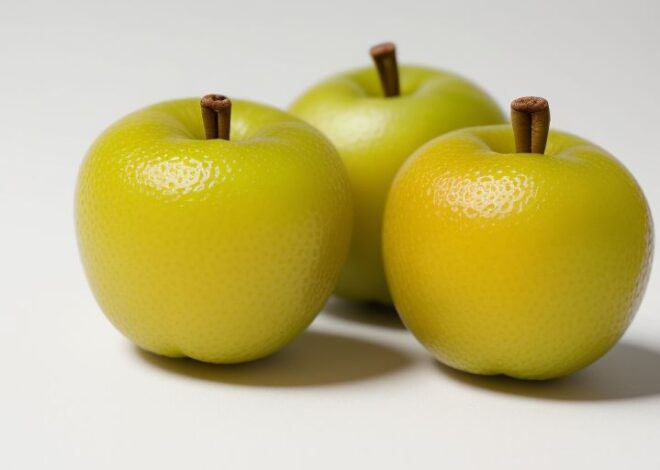
Cantaloupe
Introduction
Cantaloupe, also known as rockmelon, is a popular fruit widely cultivated and consumed around the world. Belonging to the Cucurbitaceae family, it is a type of melon that is prized for its sweet, juicy flesh and refreshing flavor. With its origins dating back to ancient times, cantaloupe has become an integral part of many cuisines, particularly in the summer season.
Etymology
The name “cantaloupe” is derived from the Italian town of Cantalupo, where the fruit was cultivated in the 18th century. The term “rockmelon” is used in some parts of the world, particularly in Australia and New Zealand, due to the fruit’s rough, rock-like exterior.
Description
Cantaloupe is a vining plant that produces a round or oval-shaped fruit with a rough, netted skin. The flesh is orange in color, juicy, and sweet, with a musky aroma. The fruit typically weighs between 0.5 to 5 kg (1.1 to 11 lb) and has a diameter of 15 to 30 cm (5.9 to 11.8 in).
Taxonomy and Cultivars
Cantaloupe belongs to the species Cucumis melo, which also includes other types of melons such as honeydew and watermelon. There are several cultivars of cantaloupe, including:
| Cultivar | Description |
|---|---|
| ‘Hales Best’ | A popular variety in the United States, known for its sweet flavor and juicy flesh. |
| ‘Earli-Glow’ | An early-maturing variety with a sweet and slightly tangy flavor. |
| ‘Tuscany’ | A European variety with a sweet and aromatic flavor. |
Distribution and Habitat
Cantaloupe is native to Africa and Asia, but it is now cultivated in many parts of the world, including the United States, Europe, and Australia. It prefers a warm and dry climate, making it an ideal crop for regions with long summers.
Cultivation
Cantaloupe is typically grown on a trellis or other support system, as it is a vining plant. It requires a well-drained soil and full sun to produce a bountiful harvest.
Production
According to the Food and Agriculture Organization (FAO), global production of cantaloupe was over 18 million tons in 2020, with China being the largest producer.
| Country | Production (tons) |
|---|---|
| China | 7,331,811 |
| United States | 2,341,830 |
| Turkey | 1,432,091 |
Uses
Cantaloupe is a versatile fruit that can be consumed fresh, used in salads, smoothies, and desserts, or pickled and preserved.
Phytochemistry
Cantaloupe contains a variety of phytochemicals, including vitamin C, vitamin A, and potassium. It also contains antioxidants and anti-inflammatory compounds that have been shown to have potential health benefits.
Flavor
“Cantaloupe is the most delicious fruit known to men.” – Mark Twain
The flavor of cantaloupe is sweet and refreshing, with a musky aroma that is released when the fruit is ripe.
Toxicity
Cantaloupe has been associated with foodborne illnesses in the past, particularly due to contamination with Salmonella and E. coli. However, proper handling and storage can minimize the risk of foodborne illness.
Nutrition
Cantaloupe is a nutrient-rich fruit that provides:
| Nutrient | Amount (per 100g) |
|---|---|
| Vitamin C | 36.6 mg |
| Vitamin A | 1,014 IU |
| Potassium | 494 mg |
Culture
Cantaloupe has played a significant role in many cultures throughout history. In ancient Egypt, it was considered a sacred fruit and was often placed in the tombs of pharaohs. In modern times, cantaloupe is a popular ingredient in many cuisines, particularly in the summer season.
In conclusion, cantaloupe is a delicious and nutritious fruit that has been enjoyed for centuries. Its sweet flavor, refreshing aroma, and versatility make it a popular ingredient in many cuisines around the world.


